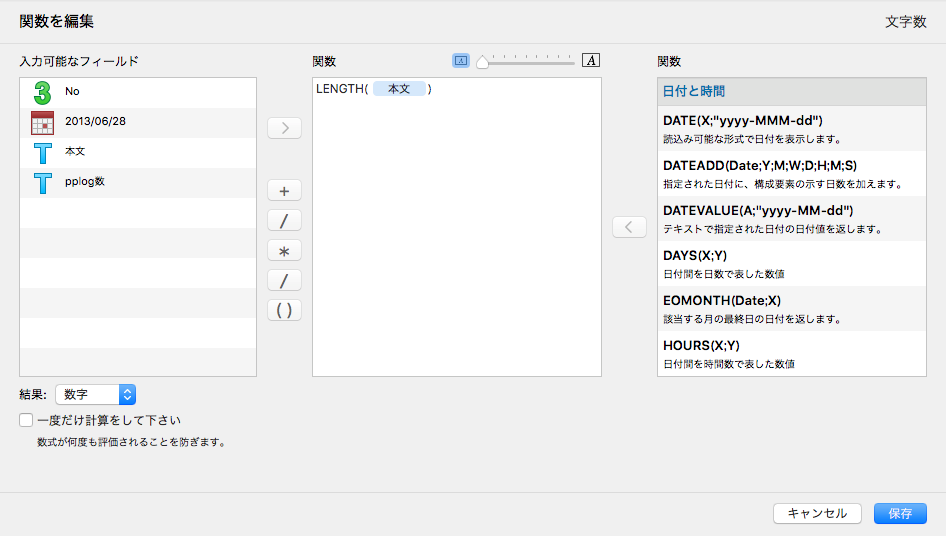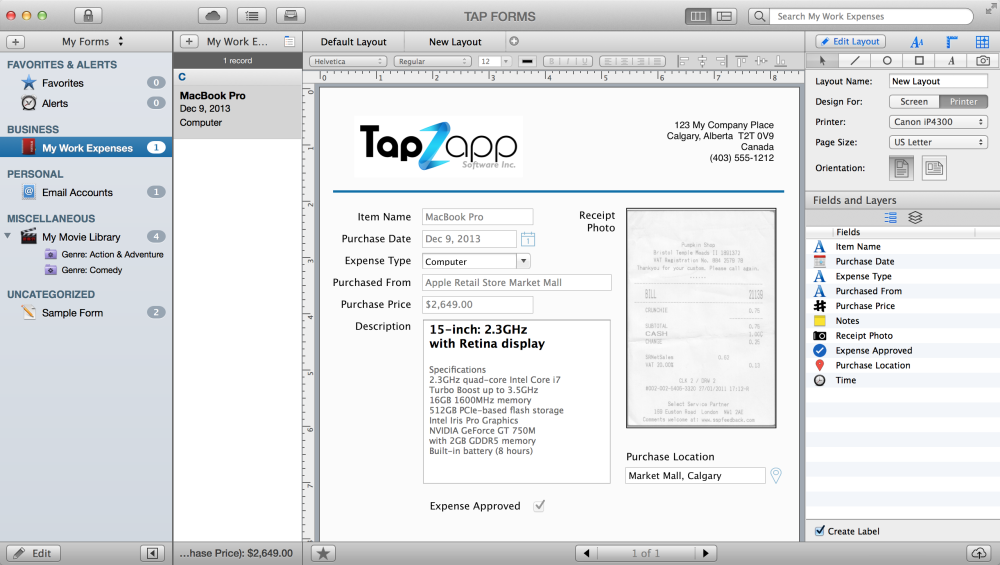

- UNINSTALL TAP FORMS ANDROID
- UNINSTALL TAP FORMS SOFTWARE
- UNINSTALL TAP FORMS PASSWORD
- UNINSTALL TAP FORMS WINDOWS
Uninstalling certain important apps can brick your phone and make it non-functional. Some apps are important for the functioning of your phone in the right manner.
UNINSTALL TAP FORMS ANDROID
So, anyone with an Android phone can use it. The method we’re discussing, though, works for unrooted Android phones as well. However, it was majorly limited to rooted devices. Uninstalling bloatware has been a common practice on Android for a while now.

That is why it is a good idea to uninstall bloatware from your Android phone. In some instances, bloatware apps also repeatedly send you unwanted notifications, which can get rather annoying. That means, those resources become available for the important apps and services you use. Uninstalling bloatware from your Android phone will help you save all of these resources. They also consume resources like RAM and internet bandwidth. Why Should You Uninstall BloatwareĪll applications installed on your phone occupy some amount of storage. So, it’s up to you to decide which apps you use regularly and which ones are bloat and can be uninstalled. Of course, something that’s regarded as bloatware for some may be important for others. This may include streaming apps, social media apps, and app stores that you may not use. The Android phones that carry manufacturer-specific customizations, especially the budget ones come pre-installed with several first- and third-party apps. Thankfully, you can uninstall bloatware from your Android phone quite easily. Bloatware is a term used to denote apps that may be unnecessary to a user and thus occupies space and consumes resources on a smartphone. Double-click Trend Micro Deep Security Notifier, and click Remove.Regardless of these apps, they are commonly referred to as bloatware.
UNINSTALL TAP FORMS WINDOWS
Helm uninstall ds-agent Uninstall the notifierįrom the Windows Control Panel, select Add/Remove Programs. "Uninstallation is complete” indicates successful uninstallation. To disable self-protection from Workload Security, see Configure self-protection through the Workload Security console for instructions.

From the terminal, enter cd /Library/Application Support/.To uninstall the agent you first need to disable self-protection. Use the built-in DSAUninstaller tool to uninstall: Installp -u ds_agent Uninstall an agent (macOS) (Note that uninstall may require a reboot.) Uninstall an agent (Solaris 11) If the platform uses Debian package manager (dpkg), such as Debian and Ubuntu, enter the command: $ sudo dpkg -r ds-agent If iptables was enabled prior to installing agent, it will be re-enabled when the agent is uninstalled. To completely remove the agent and any configuration files it created on a platform that uses the Red Hat package manager (rpm), such as CentOS, Amazon Linux, Oracle Linux, SUSE, or Cloud Linux, enter the command: # sudo rpm -ev ds_agent Otherwise, use the command line instructions below. If your version of Linux provides a graphical package management tool, you can search for the ds_agent package and use the tool remove the package. Look for the Trend Micro Deep Security Agent and then select Uninstall.Īlternatively, you can uninstall from the command line:įor a silent uninstall, add /quiet. Go to the Control Panel and select Uninstall a program. If you are unable to deactivate the agent because Workload Security is unable to communicate with the agent, you will need to do the following before continuing to the next step:Ĭ:\Program Files\Trend Micro\Deep Security Agent>dsa_control -selfprotect 0
UNINSTALL TAP FORMS PASSWORD
In Agent Self Protection, and then either deselect Prevent local end-users from uninstalling, stopping, or otherwise modifying the Agent or enter a password for local override.ĭeactivate the agent using the Workload Security console by going to the Computers page, right-clicking the computer and selecting Actions > Deactivate. To do this, in the Workload Security console, go to Computer editor > Settings > General. Delete the computer from the list after you uninstallīefore updating or uninstalling an agent or relay on Windows, you must disable agent self-protection.Deactivate the agent before you uninstall it, or.To avoid this, in Workload Security, either: On the Computers page in the Workload Security console, the computer's status will be "Managed (Offline)" or similar, depending on the context.
UNINSTALL TAP FORMS SOFTWARE
When you manually uninstall an activated agent from a computer, the computer doesn't notify Workload Security that the software has been uninstalled.


 0 kommentar(er)
0 kommentar(er)
